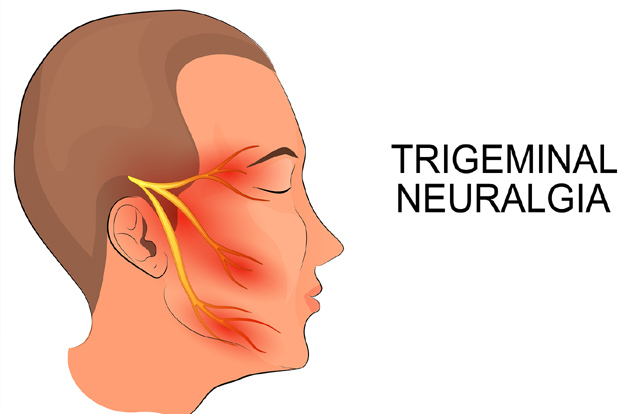Begin typing your search...
Trigeminal neuralgia can be cured medically and non-medically
Trigeminal neuralgia is a chronic pain disorder involving the 5th cranial nerve also called the trigeminal nerve. This nerve normally functions to provide sensations to the face and also provides signals to the chewing muscles of the jaw.

Chennai
Doctors say that trigeminal neuralgia is caused by a disruption to the nerve’s function, which may have developed from a friction between a blood vessel and the trigeminal nerve. Patient complaints of excruciating pain in one half of the face or segments of one side of the face. Pain starts suddenly and described typically by patients as “shock like”. It can be triggered by touching some trigger points in the face. Even simple activities like brushing teeth, talking, smiling, chewing food or cold breeze over the face can trigger this worst form of pain.
Who can get it?: Pain can occur in any age group, usually above 30 years of age. It occurs a little more common in women. The incidence is 5.7 per lakh women and 2.5 per lakh men.
Why does it occur?: It is a well-established fact that this condition occurs due to the wearing out of the insulation — namely the myelin sheath, around the trigeminal nerve due to the constant rubbing of a nearby blood vessel over many years. This leads to short circuiting of the signals from the nerve causing perception of pain.
Can it be cured?: “It is a dental problem” — The most common misconception is that the pain arises from decayed tooth and hence patients first visit a dentist. Many of them will end up in tooth extraction but will continue to have symptoms. “There is no cure”— This condition can be permanently cured today.
How to diagnose it?: The best way to diagnose it is by the patient’s history and clinical evaluation by an experienced neurologist or neurosurgeon. Additional information can be obtained by special sequences of MRI scan of the brain.
What are the available treatments ?
Medical: The first line of treatment for this condition is medical. The medicines are initially started in low doses and dose can be progressively increased as per the requirement of the patient. A second drug may be added to support the treatment.
Non-medical methods:
Injection therapy
Radio surgery
Surgery — Microvascular Decompression (MVD)
When are non-medical options considered?
- When the drugs have stopped becoming effective
- When the patient cannot tolerate side effects of medicines
- When patient wants permanent cure without dependency on medications.
Non-medical non-surgical treatments
These are opted when patient is not fit for surgery or patient is not willing for an open procedure.
Injection therapy: Injecting destructive materials like alcohol around the nerve.
Radio surgery: High dose foc used radiation to burn part of the trigeminal nerve inside the skull using gamma knife or cyber knife.
Disadvantages: Higher failure rates and loss of facial sensation due to temporary or permanent destruction of the nerve.
Surgery: Dr P M Jagannath, neuro surgery consultant from Gleneagles Global Health City says that Microvascular Decompression can be offered to most patients who are medically fit for surgery and willing for the same. In this procedure the actual cause of problem is tackled without destroying the nerve. A small opening is made in the skull behind the ear and the nerve is reached. The vessel causing the compression on the nerve is identified, separated and maintained in that position using Teflon felt. Doctors say that the success rate is up to 95%. Most patients have instant and complete relief after the surgery. Some with partial relief may require low dose medications for a few months. They will however have normal sensation over the face and lead a normal life.
Can it recur?: Yes, in a small number of patient. The annual recurrence rate is around 1-4%. These patients may require repeat surgery or treatment with medicines. The cause can be attributed to rare slippage of graft or due to an uncommon problem at the origin of the nerve in the brainstem.
Visit news.dtnext.in to explore our interactive epaper!
Download the DT Next app for more exciting features!
Click here for iOS
Click here for Android
Next Story



